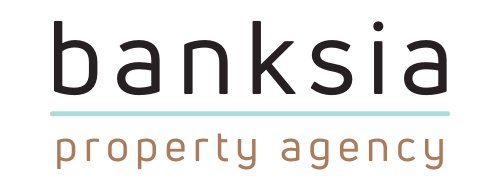what’s your property strategy?
Whether you’re a novice owner/investor, or a seasoned professional, what matters most is your approach to property ownership; strategy.
Each owner purchases property in-line with their specific needs and capacity. In determining what kind of property to purchase, be it an apartment, house, townhouse or land, as well as the specific area, such as a growth corridor or a longstanding suburb, one needs to first understand what it is they want to achieve, and how they want to go about doing so.
Here are two things to consider - yield and capital growth.
Yield
Yield speaks to the rental return compared to the price you paid to purchase the property. For example, if you purchase a property for $500,000, and your rental income is $25,000 per annum, your yield is 5%. SQM Research provide some great statistics as to average yields throughout individual postcodes and property types throughout Australia. For Melbourne overall, the average yield for a home is 2.5%, and for apartments it is 3.4%.
Yield is important as it is essentially your ROI (return on investment). As an investor, you might be focused on maximising your ROI. In this case, you are more likely to purchase a property that represents a higher yield. For example, apartments tend to have a higher yield than houses.
Consider the below comparison as to gross yield:
One bedroom + car space apartment in Footscray - purchase price $410,000
Weekly rental return of $350
Annual return = $18,250, reflecting a yield of 4.45%.
Three bedroom home in Hillside - purchase price $550,000
Weekly rental return of $420
Annual return = $21,900, reflecting a yield of 3.98%
In the above example, you can see that for every $1 spent on the investment property, the apartment returns 4.45 cents per annum, whereas with the three bedroom home, it is only 3.98 cents.
This example does not take into account other fees associated with ownership, such as council rates, OC fees, and other charges that when also considered, form the net yield. This is something you should also consider when purchasing an investment property.
Capital Growth
Capital growth occurs when the property you purchase appreciates in value, which can happen in a variety of different ways. These include general increase in value due to strong market demand in the area you have purchased, or perhaps you have made improvements to the property since purchasing that have resulted in a marked increase in its value (e.g. adding decking, a pool or even renovating).
The above video goes into greater detail as to the different ways you can achieve capital growth, but in any case, if capital growth may forms part of your strategy, then it is important to consider the type of property you are going to purchase.
For example, if you were to purchase an apartment in an area that will continue to be subject to new developments, it is, for the short-to-medium term, unlikely that your apartment will see significant capital growth.
On the other hand, if you were to purchase a house that is perhaps in a state of disrepair, and therefore at a price that reflects this, and you take some time to bring the property back up to standard, you can reasonably expect that the value will increase, too.
Now that you have an idea as to what to be thinking about when setting your strategy, the question in is, what is important to you? What do you want to achieve?
The Banksia team are here to help you answer these questions, and to help guide you in setting a property strategy. We can even assist you in finding the right property, secure tenants, and prudently manage it on your behalf. Speak to us today - there’s no cost or obligation.

